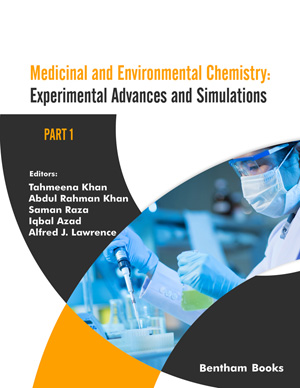Abstract
The risk of adverse health effects of heavy metals, lead (Pb) and cadmium (Cd), was characterized by considering dietary intake of food items and resulting levels of biomarkers, blood Pb levels (PbB), and urinary Cd levels (CdU). Specifically, 35 food items (cereals, pulses, vegetables, and fruits), used in a vegetarian diet in India, were considered. Samples of food items were taken in the winter and autumn seasons and were analysed for Pb and Cd. The observed concentrations were translated into probability density functions (PDF) and Monte Carlo simulation was used to generate levels of chronic daily intake (CDI) that accounted for variability in (i) body weight, (ii) concentration in food and (iii) amount of food intake. The CDI levels were translated into equivalent PDF and the probabilities of exceedance of WHO-suggested provisional tolerable weekly intake of Pb and Cd were estimated. The probability of exceedance of the WHO tolerable limit was 5.55×10-3 for Pb and 7.36×10-4 for Cd. Further, CDIs were translated into PbB levels using a physiologically based pharmacokinetic model. The estimated health risk from (i) ingestion of Pb (i.e., probability of exceedance of safe PbB level of 10 μg/dL) was 9.24×10-3 and (ii) ingestion of Cd (i.e., probability of exceedance of 5 μg/g creatinine) was 4.21×10-5, suggesting that Pb in the environment still poses a substantial risk despite its phasing out from gasoline.






















